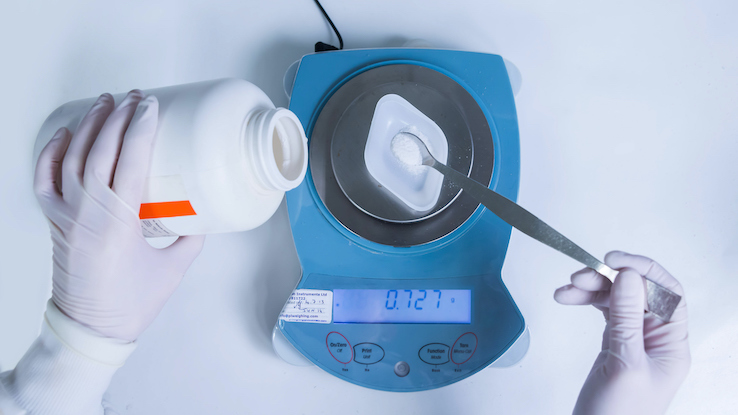What Is the Use of a Spatula in a Laboratory?

Spatula uses in a laboratory include measuring solids, moving objects and scraping material out of beakers. A laboratory spatula can be used for more purposes as well, including as a slipcover or as a weight, depending on what a researcher needs it for.
Different types of spatulas serve different purposes in labs. They’re made of different materials, and these metal or plastic spatulas come in two different forms: regular spatulas and microspatulas.
Spatulas used in labs are not the same type that you find in an everyday kitchen. These spatulas are normally longer and thinner, with a smaller end that’s similar to a putty knife. The opposite end of this spatula lab equipment is more tapered for accessing smaller areas. In the lab, you may see spatulas that have a wooden handle and a wider metal piece as well.
Microspatulas are very similar to the typical lab spatula — but smaller, as the name suggests. The equipment can also be used for stirring and mixing compounds in small containers. Stainless steel and nickel spatulas are particularly versatile, especially when coated with polypropylene, and they feature excellent heat and chemical resistance. Lab spatulas can be sterile, nonsterile or single use.
The function of a spatula in laboratory equipment depends largely on the type of experiment a researcher is carrying out. So what is a spatula used for in science? Spatula spoon laboratory uses include transporting and distributing dry chemical compounds during chemical analyses. They’re used when weighing chemicals on a balance scale because they allow users to collect extremely small quantities. A microspatula is used in chemical laboratories for flipping, clipping and spreading substances during chemical analyses. A typical primary blade measures 30 x 60 millimeters. The other end has a blade with the same dimensions, but it has a slight upward bend. The average length of this type of spatula tool is 7 inches.





